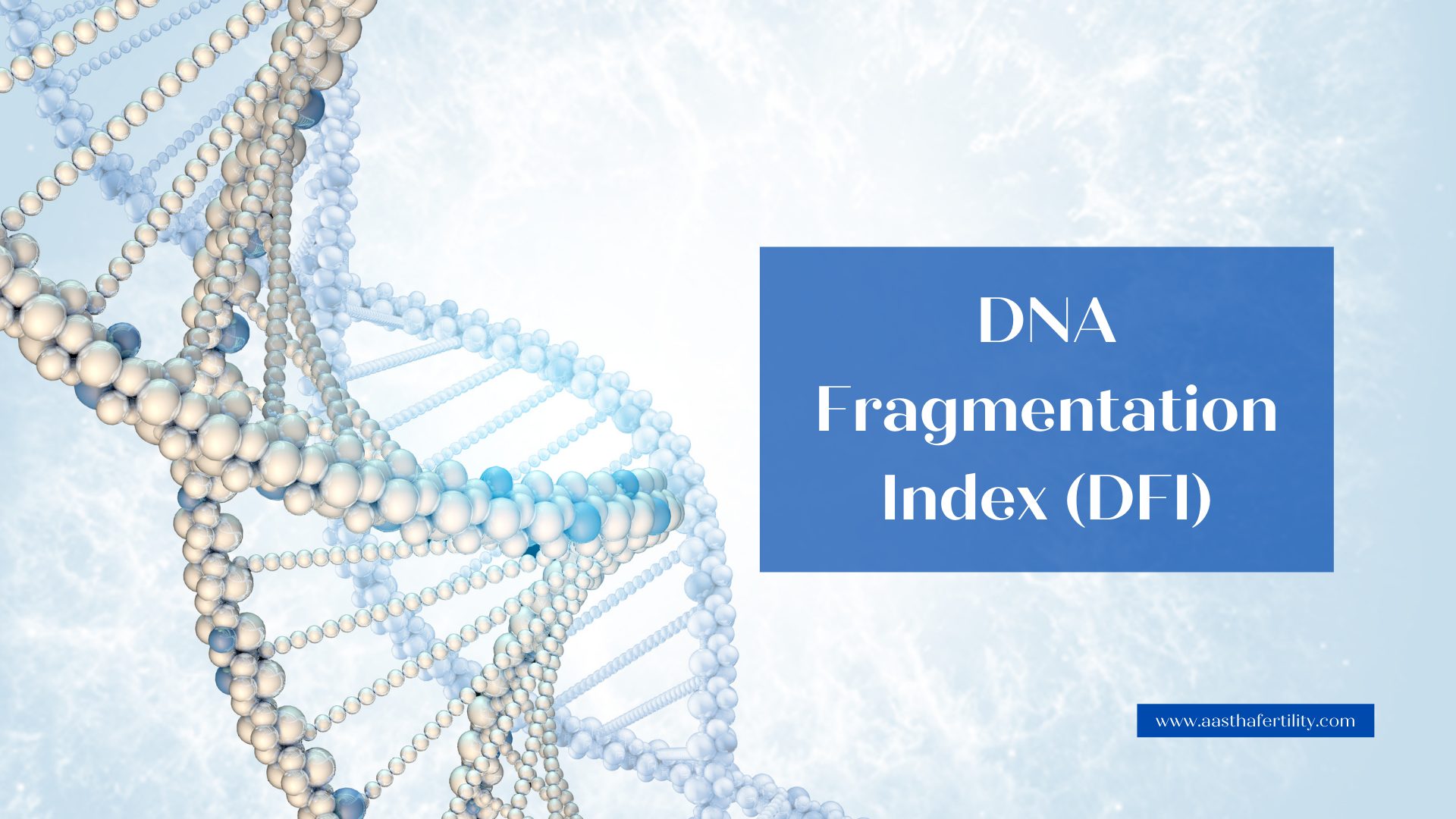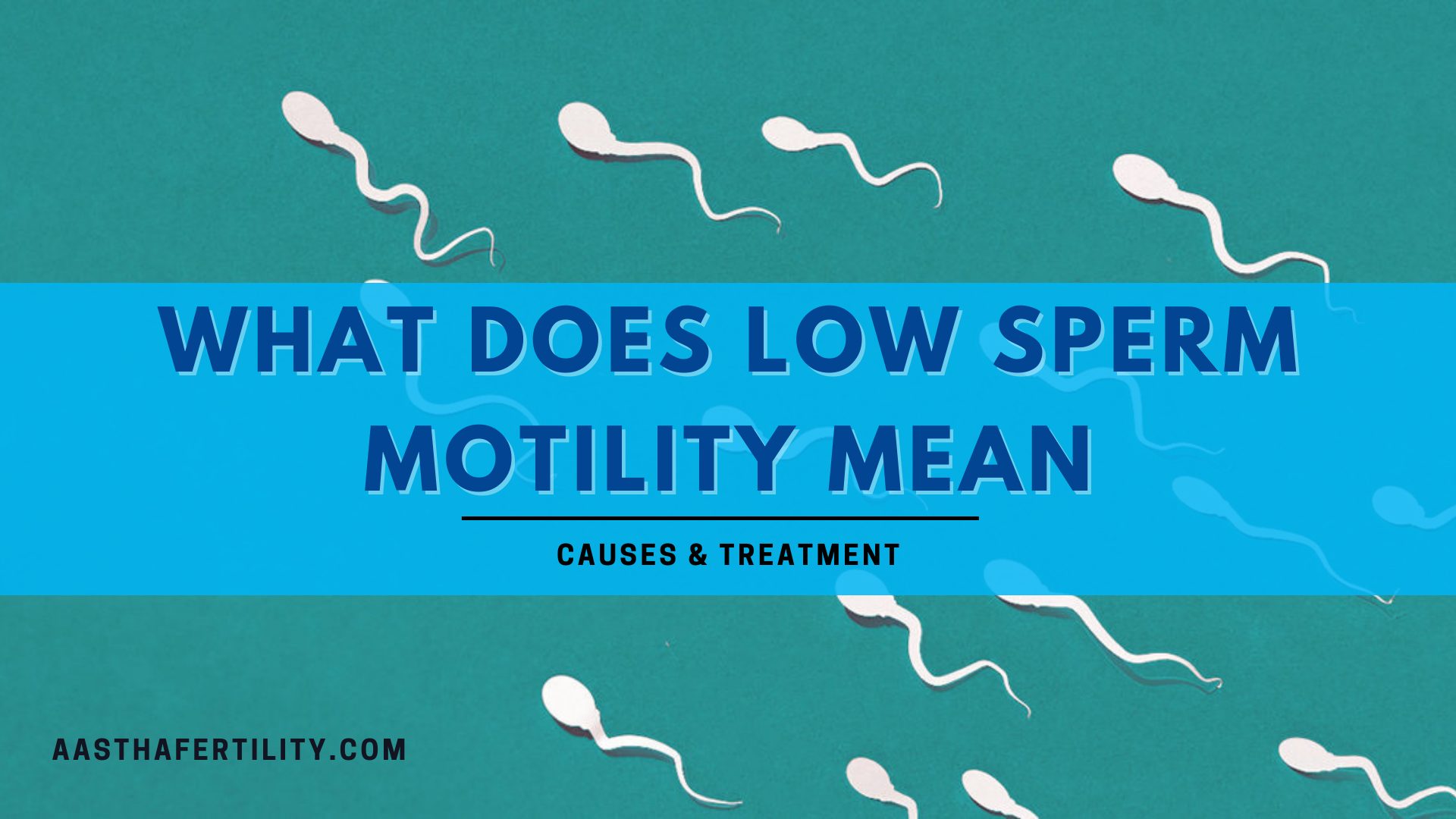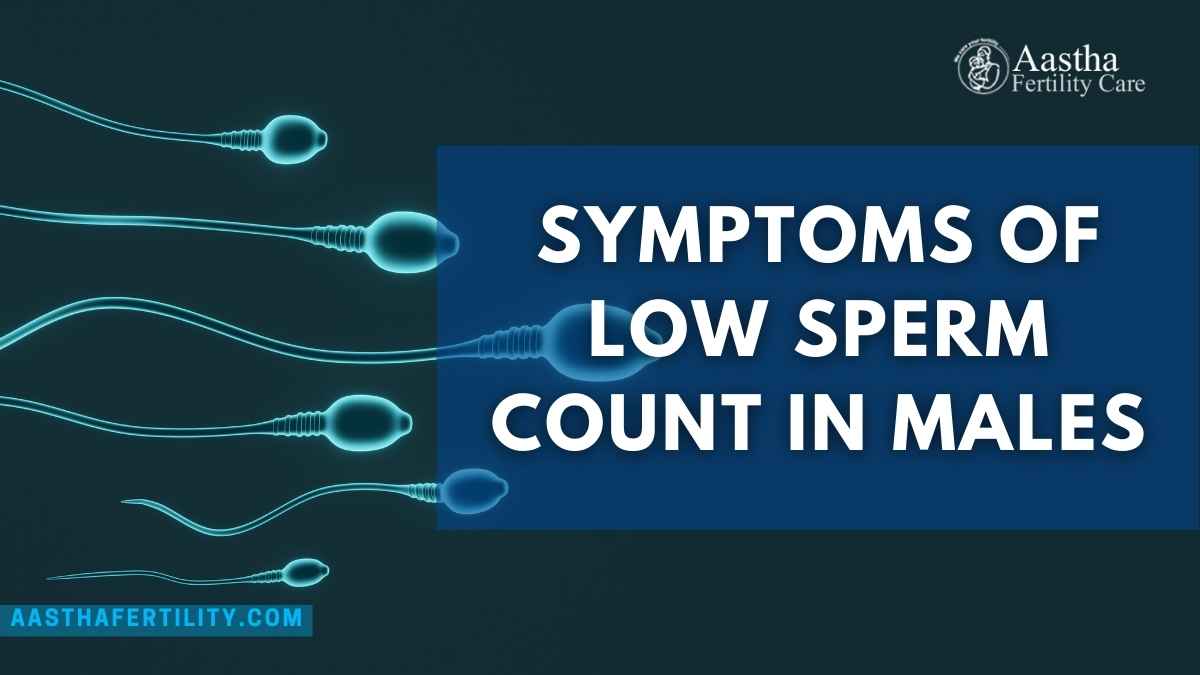Table of Contents
ToggleAssisted reproductive technologies (ART), including ICSI, conventional IVF, and other related medical procedures, allow couples with impaired sperm characteristics to obtain successful pregnancy. One would relate high sperm count combined with sperm morphology and good motility with a healthy degree of fertility in men. But these factors solely do not reflect male fertility.
Sometimes couples tested fertile enough to obtain natural pregnancy also suffer miscarriages. According to RBMO Journal, spontaneous pregnancy loss affects 10-15% of couples, and 1-2% suffer from recurrent pregnancy losses. 50% of these miscarriage cases remain unexplained.
Apart from concentration, morphology, and motility of sperm, DNA fragmentation can also contribute to infertility or subfertility, the possible reason for 50% of the unexplained cases. The impact of DNA fragmentation on a couple’s chances of conceiving is way more serious than initially thought.
The sperm DNA Fragmentation Index (DFI) is widely used to assess male infertility. A higher count for fragmented DNA further decreases successful implantation rates, reduces male fertility, and causes subpar embryo development.
Read our in-depth guide to know about sperm DNA Fragmentation, DFI, how it affects fertility, and how to identify and treat it.
What is the Importance of Sperm’s Genetic Health?
Sperm cells, produced by the male testis and carried in semen, are specialized for a single task: to transport genetic material from one biological parent to its mate, where it will combine with the genetic material contained within the egg of the other parent. To accomplish this task, sperm cells have a long head containing a nucleus (which contains DNA), a neck connecting this head to its tail, and a tail that allows it to move quickly and efficiently toward an egg cell.
Since DNA hosts all the embryo development information, the importance of sperm’s genetic integrity in terms of fertility arises. Therefore, any damage to the sperm affects its DNA and might interfere with its ability to develop into a healthy embryo or fertilize an egg, which explains Sperm DNA Fragmentation.
Sperm DNA fragmentation can cause serious problems for the embryos and foetuses of sperm donors. The DFI (Sperm DNA Fragmentation Index) is used to measure men’s fertility, but the outcomes or the values for DFI are still under debate for ART.
What is Sperm DNA Fragmentation?
To better understand DNA fragmentation, you need to go through the proper picture of DNA.
Structured as a double helix, DNA is like a spiral, long staircase made of nucleotides, a pair of chemicals. The structure combines different chemical pairs that create a unique organism’s genetic sequence. All these nucleotides form a bond with the long strands of phosphates and sugar, forming a railing for a spiral staircase.
DNA is further packed and covered into chromosomes. The Majority of our body’s cells are made up of 46 chromosomes, but gametes (sperm and egg) or sex cells have only 23. So, they combine with the partner’s egg or sperm to develop into a fully realized organism with an ideal 46 chromosomes.
Any alterations, change, or deletion of the bases, separation of the strands, stairs, or railing for the spiral structured DNA staircase can damage the overall integrity of DNA, leading to DNA fragmentation. Therefore, this damage can occur during any procedural cycle, stored before ejaculation in the epididymis, when produced by testicles, or even after ejaculation.
Understanding DNA Fragmentation Index
DNA Fragmentation Index Range or DIF is used to define the percentage of sperm in the provided sperm sample with fragmented DNA or damaged swimmers with fewer abilities than the healthier ones.
As approved by the experts, 30-50% is considered a high range for DFI, which may affect male fertility, and15% or less fragmentation is considered as DNA fragmentation index normal values. It means that the given percentage of sperm in the semen sample is affected by genetic damage and might be insufficient in fertilizing an egg.
Moreover, sometimes, subfertility is possibly experienced at the 15-20% DFI range. It usually happens when other semen factors are abnormal or in the case of an increased female partner’s age. During the late childbearing years of a female, the egg becomes older and is insufficient to repair the fragmented DNA within the sperm, leading to insufficiency in getting pregnant.
Sperm DNA Fragmentation and Pregnancy Outcome
Sperm DNA is the carrier of more than 50% of the offspring’s genomic material, and a fragmented sperm or abnormal DNA can be the reason for derangements or difficulties in the reproductive process. Reproductive Biology and Endocrinology Department studies provide good evidence between chromatin and sperm DNA damage associated with reduced natural conception rates and increased male infertility.
High DFI rates are linked with low fertility potential, blockage in embryo development, low fertility potential, reduced chances of successful implantation, increased risk for recurrent miscarriages, and negative effects on offspring’s health.
A recent study by Oxford Academic revealed the correlation between DNA fragmentation and pregnancy outcome. It was a case study on 360 couples that were undergoing IVF treatment. All these couples had high DFI rates associated with lower pregnancy rates, embryo quality, and fertilization rates. Their average DFI was calculated at around 51.7% instead of 39.6% for pregnant couples. All of these struggled to achieve pregnancy, and the researchers concluded that ART and DNA fragmentation have a link. DNA fragmentation can predict the outcomes of ART.
Other than the DNA fragmentation results, this study also highlighted that DNA fragmentation independently can be the reason behind male infertility.
Therefore, some other studies contradicted these results and found a negative correlation between the live birth rate and DFI. However, couples with less than 30% of DFI rates had an 11.7% implantation rate, and couples with more than 30% DFI had a 22.6% implantation rate, proving the point right.
Conclusion
DNA fragmentation is a significant predictor of infertility and future miscarriage and can predict ART Outcomes. Studies have proven the important impact of DFI on the reproductive process, both ART and natural. The damage affects embryo quality, increasing the risk of miscarriages and decreasing implantation rates. Fragmented sperm also can lead to an early miscarriage during ART, highlighting the importance of a precise and early diagnosis through DNA Fragmentation Index.





Leave a comment